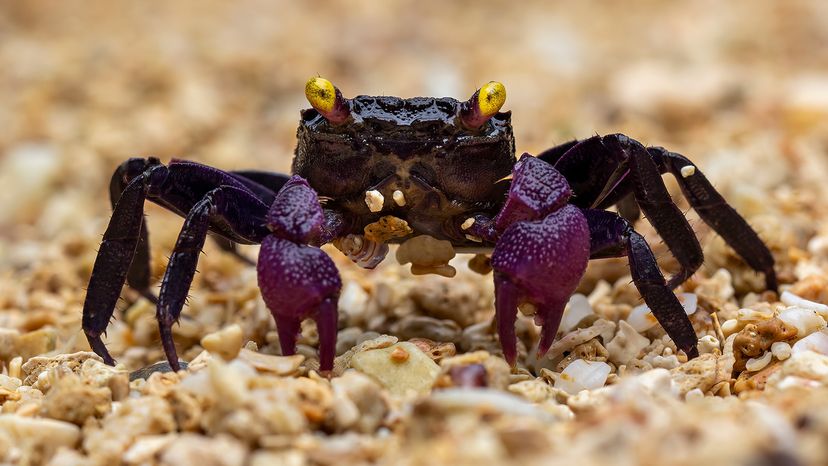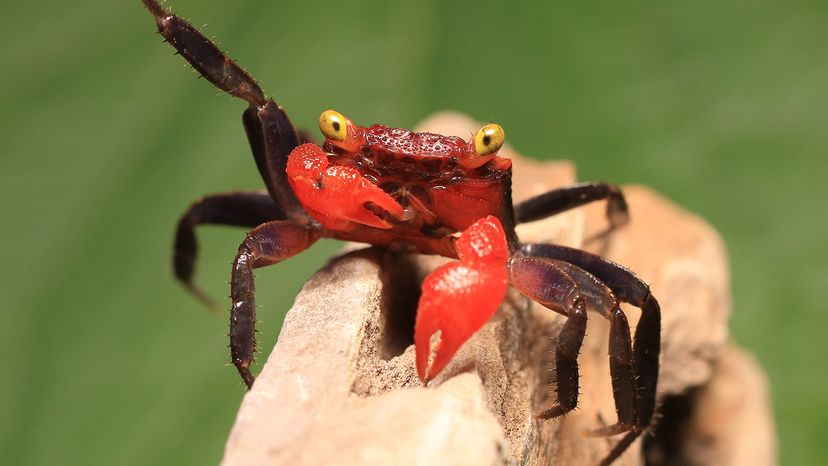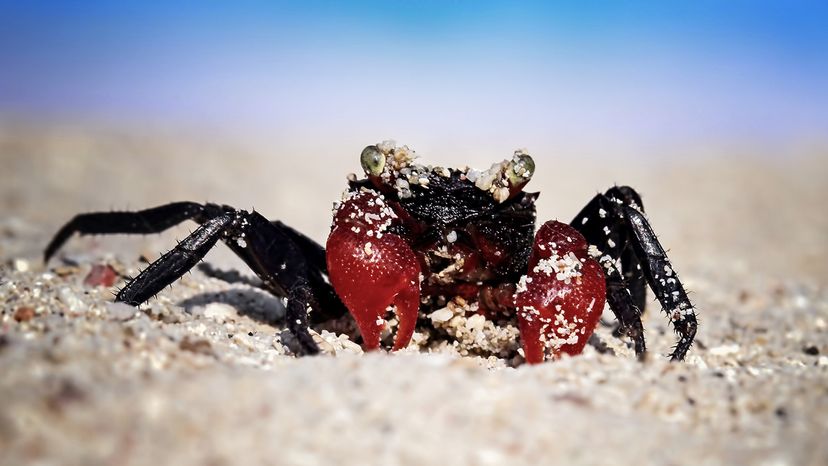
Vampire crabs might sound like horror flick creatures, but they’re actually one of the most striking pets you can keep in a paludarium.
With their glowing eyes and vivid purple shells, vampire crab species bring color, personality and a touch of the exotic to your aquatic and terrestrial setup.
Advertisement

